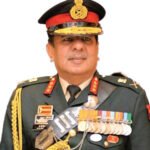SALUTE YOU SIR
WE LEAD
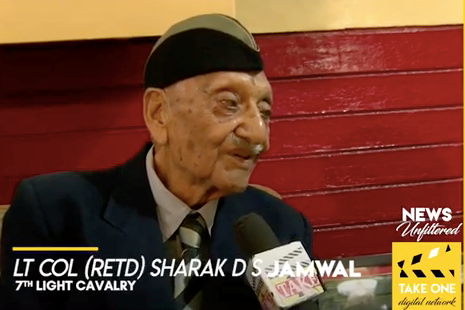
A Day of Remembrance
First November is a historic date in the nation’s post-independence history yet remains buried in the past. Today 73 years ago, one of the greatest battles were fought that saved Ladakh from being cut off from the nation. The tanks that rumbled in at 11,575 feet, and caught the Pakistani raiders dumbstruck, helped shape the geography of the nation. This seemingly impossible feat was less about individual heroes and more about the collective victorious will. Each arm and service played a critical role and contributed to its success. The battle epitomizes leadership, ingenuity, audacity, surprise and above all the indomitable “never-say-die” spirit of the Indian Army to surmount all challenges. This is the story of the Battle of Zojila pass, the most audacious and significant operation of the 1947-48 J&K war fought over seven decades back, yet has many a relevant lesson even today as Ladakh faces a challenge albeit of different threat. Had it failed, all of Ladakh would have been lost. The situation was ‘now or never, as a month later on December 31 night, the ceasefire came into being. The ceasefire prevented the Indian Army from recapturing Skardu and the Northern areas which were occupied by the invaders, but Leh, Ladakh and two-thirds of Kashmir were recaptured to be part of India.
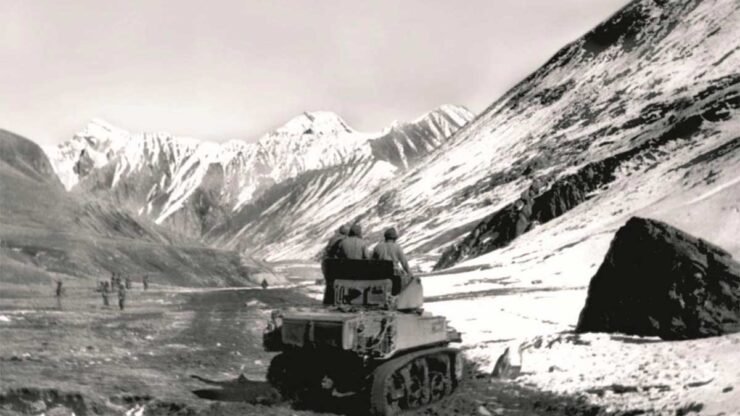
The Pakistani Invasion of Ladakh 1947
The Battle of Zojila needs to be seen conjointly with the Battle of Shalateng in November 1947. This battle saw the bold employment of Armoured Cars of 7th Light Cavalry as part of the 161 Infantry Brigade which drove the raiders away with heavy casualties which saved Srinagar. Without Srinagar there would have been no Battle of Zojila and Ladakh would have been lost.
Ladakh, at the time of Partition, was guarded by personnel of the Jammu and Kashmir State Force. Within days of the J&K invasion by Pakistan, Pakistan flag had been raised over Gilgit on November 2, 1947, even before the Indian Army could react. After taking control of Gilgit, Pakistani irregulars made a bold sweep across the Deosai Mountains. Kargil and Drass towns were captured by end of May 1948 and Skardu guarding the approach to Leh finally fell after a brave fight on August 14, 1948. What was even more worrying was that Pakistan forces had captured the crucial Zojila Pass which could provide them with a launchpad into the Valley. Leh the capital city was put under siege by an enemy force and was hopelessly defended by a small detachment of Indian troops who were effectively isolated and the inevitability of defeat casting its shadow. While a small landing strip was created and reinforcements rushed in but were insufficient to prevent the holocaust that awaited Leh. The fall of Leh would have been a strategic blow to India and it had to be saved at all cost.
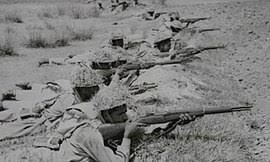
Strategic Importance of Zojila
Zojila is part of the Great Himalayan range which has shaped the destiny of the nation. There is a close mythological connection too of the Himalayas being the homeland of Lord Shiva. Zojila, situated at a height of 11,575 ft lies across the age-old Central Asian trade route and was the only connection between the Valley and Ladakh. Zojila was the gateway to the Ladakh and Tibet region. Once Zojila gets closed in winter, no direct route was available between Srinagar and Leh for the greater part of the year. Zojila means “Pass of Blizzards’ and was possibly the most dangerous pass with sudden avalanches, landslides and blizzards claiming several lives. Between Baltal which is over 9 Km short of Zojila from the Srinagar axis and Zojila, the gradient is steep with a rise from 9000 feet to 11,575 feet. An average snowfall of fifty feet a year was considered normal and temperatures dropped below minus 30 degrees Celsius. The sole mule track that existed was useable only between May to October.
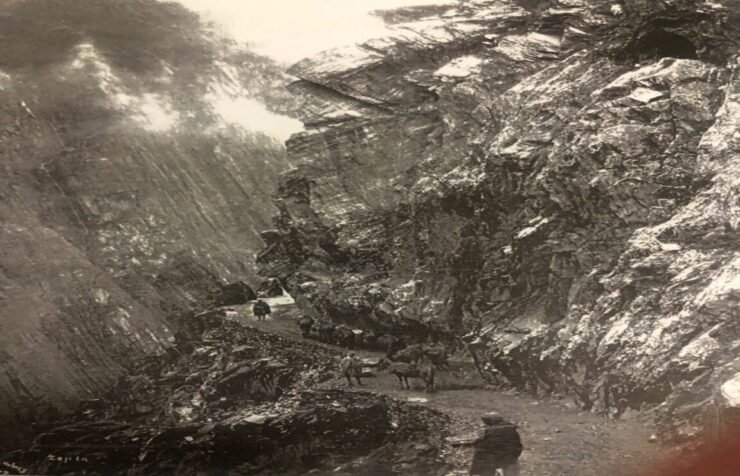
Zojila is a canyon cutting through the outer Himalayas for miles with steep, rocky, inaccessible sides debouching into the Gumri Basin, through which the road continues on a tortuous route via Dras and Kargil to Leh. A ridge in the Gumri Basin, Mukund Ridge and a central knoll called Chabutra dominates the exit of the Pass and on which Pakistani’s had well entrenched themselves with howitzer guns and heavy weaponry. This made the position so strong that two separate attacks in September 1948, by 77(Para) Brigade supported by artillery and air support were beaten back with heavy casualties, and Zojila indeed appeared to be impregnable. If Zojila was lost, Ladakh would have been lost to the nation and opened a threat to thereafter descend on the valley.
The Bold and Audacious Decision – Operation Bison
It was under these trying circumstances that the then GOC Sri Division (later 19 Infantry Division), Maj Gen K.S. Thimayya, DSO decided to dislodge the entrenched enemy at Zojila, by the audacious employment of Stuart light tanks of 7th Light Cavalry along with an Infantry assault, and then head to Drass and Kargil. He realized that tanks would be the nightmare of the entrenched infantry and a battle-winning factor. The requirement was for identifying a regiment who could surmount this near-impossible challenge Thimayya had immense faith in the 7th Cavalry who had successfully used tanks in Burma campaign winning battle honours and had performed exceptionally well in the Srinagar, Naushera, Rajouri and Jammu sectors. He discussed the proposition with the then Commandant of the 7th Light Cavalry Lt Col Rajindar Singh ‘Sparrow’, who was called up from the Uri sector and assured the GOC that the regiment would force a way through the Pass and capture of Zojila. The dye was now cast.
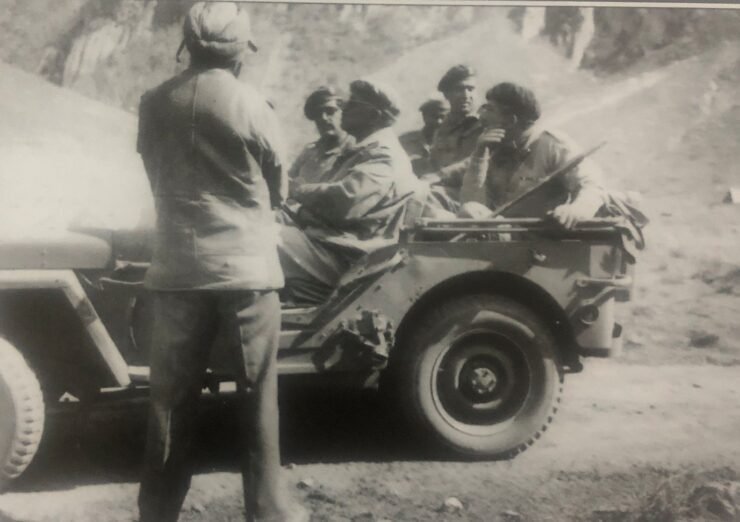
Speed, surprise and secrecy were the essence of this operation and time was critical. It was already late September and action had to be swift to forestall the winter snows which would block the Zojila by early November and make it impassable. The political hierarchy including the then Defence Minister Baldev Singh developed cold feet at seemingly impossible tank employment at these altitude and rugged terrain. However, it was to the credit of Sardar Vallabhbai Patel who bestowed confidence and trust in the military advice which changed the course of history.
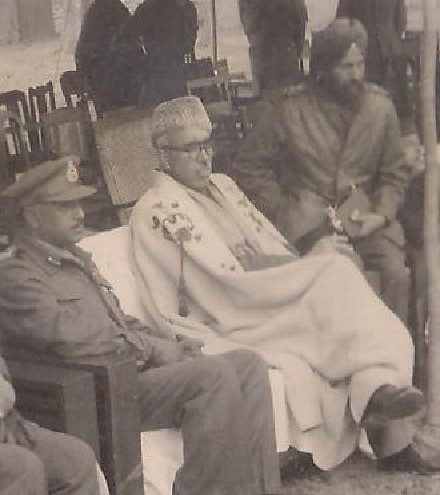
The Challenge of Build Up
At that time ‘Stuart light tanks were in Akhnoor supporting the Division there. Bringing the tanks to Kashmir posed a two-fold problem: one was the weight of the tanks in relation to many of the weak lower classification bridges en route and the other was maintaining secrecy. 7th Cavalry then hit upon the ingenious idea of dismounting the turrets from the tank hull and camouflaging these to look like trucks. The turrets would be transported separately in 3-ton trucks and once across the Banihal Pass and into the base area at Baltal at the foot of Zojila, the tanks would be reassembled. All movement was planned to be undertaken only during the hours of darkness. Besides tanks had to move on their own steam for over 400 km.
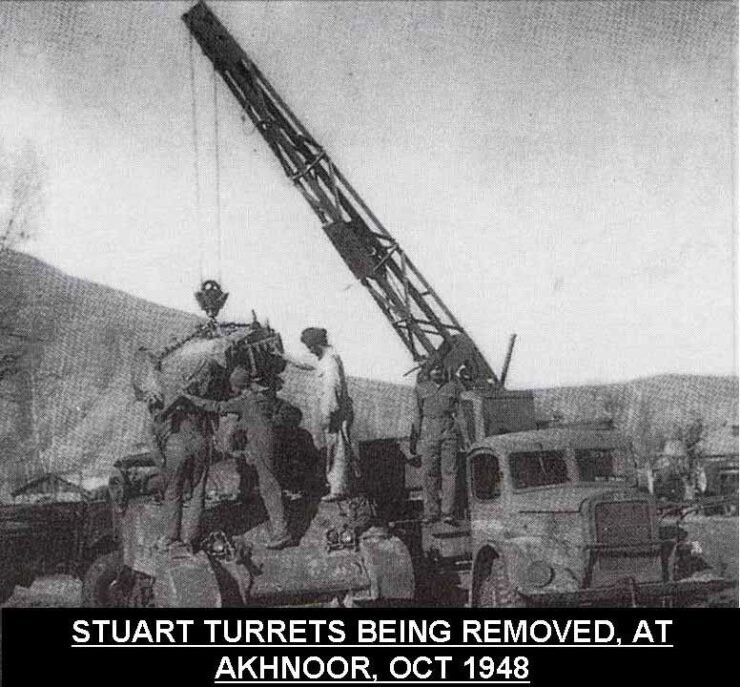
After the turrets were removed and the tank hulls camouflaged in Akhnoor, they started on their journey from Jammu to Baltal on October 5. Whilst negotiating old wooden bridges with low classification, engines were switched off and the tank winched across slowly to reduce vibration. After an eventful journey, the tanks reached Baltal on October 15. Here the turrets were refitted, using the Regiment’s resources of the EME, with special help from Workshop Company(EME) located at Baltal.
It was to the credit of a Task Force of Madras Sappers commanded by Major M.A. Thangaraju who achieved what General Thimayya was later to describe as a record in any operation, when they converted a five-mile jeep track between Baltal and the Zojila Pass into a tankable track, under the enemy’s nose in a month to beat the snowfall that would have closed the pass. They had to rely on manual labour and physical devices as mechanical means were extremely limited in those times. Indeed a feat without which the tanks couldn’t have reached Zojila.
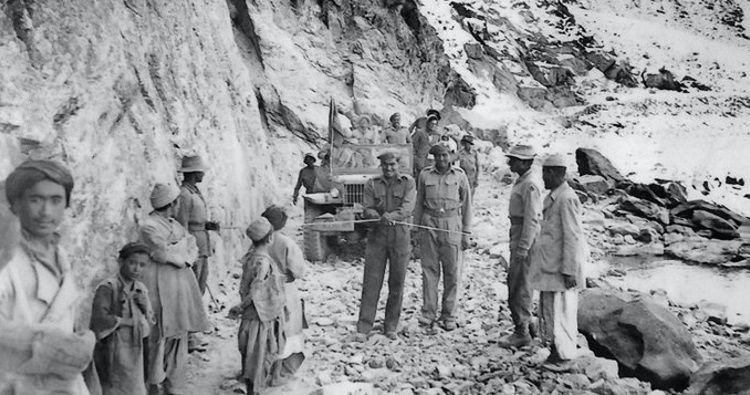
The Assault
On October 29, the 7th Light Cavalry commenced the ascent to its assembly area under heavy snowfall. Time was running out and the weather was getting more inclement day by day, with winter snowfalls steadily building up. Getting the tanks up the steep winding path with rocky cliff faces on one side and a sheer drop on the other was a herculean task. At many of the acute bends, tank tracks often overlapped the edges of the trackway. So steep was the gradient at some places, that tank had to be winched slowly upwards by 15 cwt winch trucks and pushed by the men from behind; all this in temperatures twenty degrees below zero. It was a masterpiece of innovative tactics.
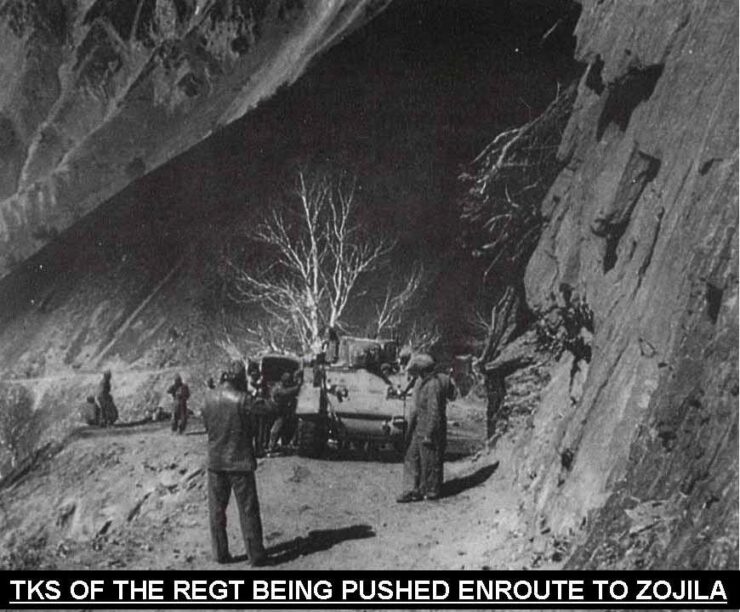
On November 1, 1948, dawn broke with an overcast sky and another raging sand storm with near-zero visibility. Thimayya ordered no further delay and Lt Col Rajindar Singh ‘Sparrow’, the CO of 7 Cavalry did not hesitate for a moment to accept this seemingly impossible mission. Finally, at 1015 hours the artillery guns boomed and the tanks of the Seventh under its dashing and bold squadron commander Captain SDS Jamwal moved forward for their perilous ascent to the mouth of the Pass. Unfortunately, weather precluded the airstrikes but there was no question of any further delay. The leading tanks debouched into the Gumri Basin with guns blazing, engaged the enemy bunkers of Mukand and Chabutra positions and knocked them out, enabling the Gorkhas of 1/5 GR to secure the lower reaches of the Gumri Basin. The tanks then advanced and engaged the mountain gun on North Ridge and knocked them out as well, clearing the whole Gumri Basin of the enemy who retreated in panic, completely shocked by the unexpected appearance of tanks at such an unbelievable height. The poor visibility and hazardous weather aided surprise as the enemy did not expect an attack in these conditions. Wireless intercepts showed that Pakistan Army Commanders were completely incredulous about tanks being used at Zojila at such heights and repeatedly said in disbelief “Don’t be stupid, I know the roads and bridges are very weak. No tank can cross them. Impossible. Those bloody things are probably jeeps made to look like tanks”. A shocked enemy in disbelief faced ultimate defeat. Shock and surprise were absolute. There were no anti-tank guns or mines and the tanks roared into Gumri Basin blasting the enemy. By 3 pm on November 1, 1948 Capt SDS Jamwal , the Hero of Zojila Fame, transmitted on his radio to the Regimental Headquarters “Hello Victor 15, Gumri captured, enemy on the run Over”.
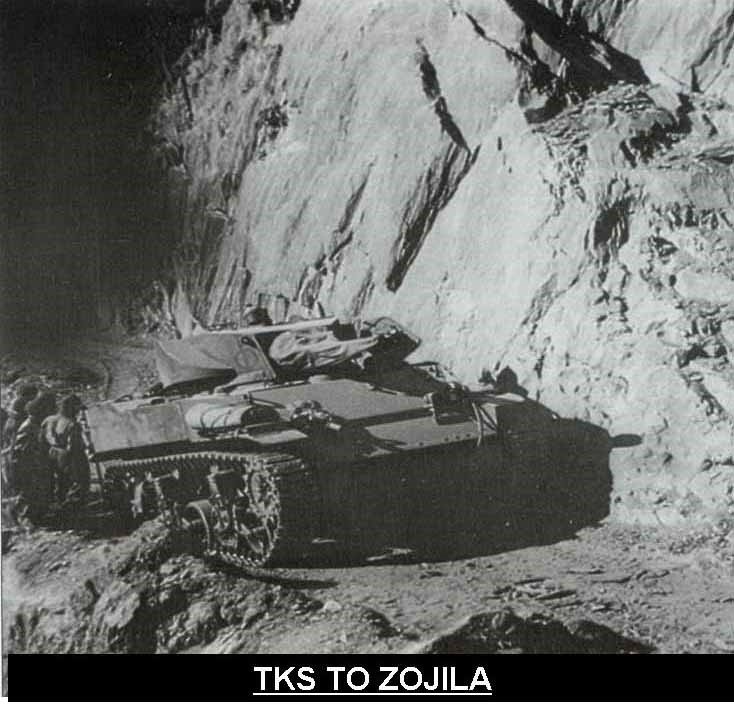
The Battle of Zojila was an outstanding feat of warfare and drew applause from the military and political hierarchy. The credit of this unparalleled feat had many sung and unsung heroes. The EME warriors worked tirelessly and creditably, de-assembling and re-assembling the tanks. The undaunting Engineers who converted the mule track into a jeep track for the passage of tanks in the most trying circumstances. The artillery gunners with 25 pounders and 3.7 inch guns who blasted the enemy defences. The infantry troops of 1/5 GR, 1 Patiala and 4 Rajput cleared enemy pockets of resistance under the most severe climatic conditions. The most critical factor leading to victory was the deeds of the courageous tankmen of the 7th Light Cavalry and their machines at such unthinkable heights under the astute leadership of the Squadron Commander Capt SDS Jamwal. The logisticians and medicos were equal contributors. The winner was the Indian Army and the bold cum innovative leadership.
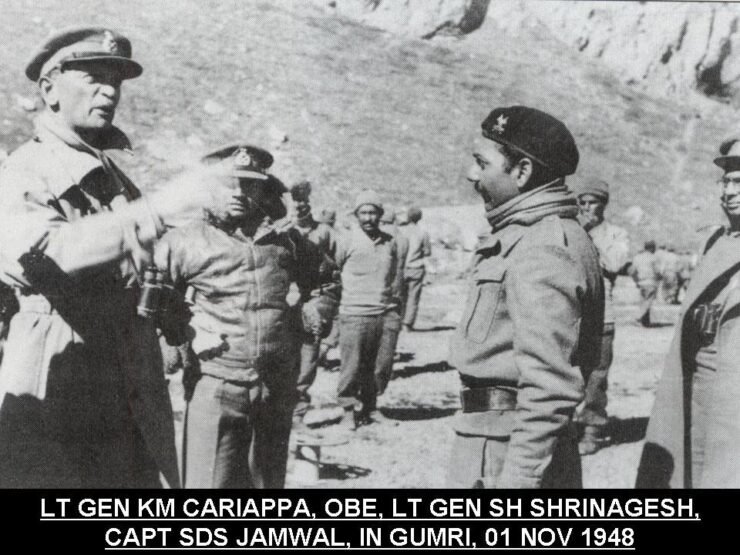
By the next evening, it was all over and on November 2, the tri-colour was raised once again on the wind-swept pass. The eventual arrival of tanks at such formidable heights was a saga of courage, determination, resourcefulness and hard work that deserves to be proudly recorded in the annals of military history. The way was now open for the 77 Para Brigade to advance and capture Kargil and effect a link-up with Leh, which they successfully did on November 23-24, 1948. India regained Ladakh and history was created; Operation Bison was a resounding success.
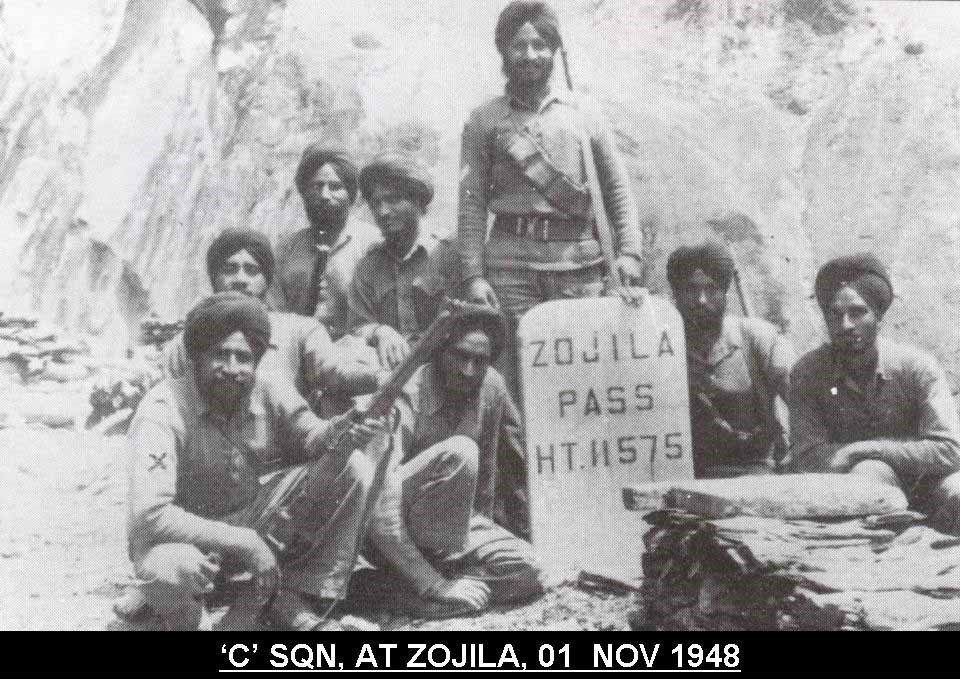
Conclusion
The Battle of Zojila epitomizes one of the greatest battles in the annals of military history which ensured that Ladakh became an inseparable part of Indian geography. The credit must go to those who surmounted the challenge with the highest standards of leadership, courage, ingenuity and audacity. The lessons of this battle must never be forgotten and every Indian needs to be proud of it.
-The author is a PVSM, AVSM, VSM has had an illustrious career spanning nearly four decades. A distinguished Armoured Corps officer, he has served in various prestigious staff and command appointments including Commander Independent Armoured Brigade, ADG PP, GOC Armoured Division and GOC Strike 1. The officer retired as DG Mechanised Forces in December 2017 during which he was the architect to initiate process for reintroduction of Light Tank and Chairman on the study on C5ISR for Indian Army. Subsequently he was Consultant MoD/OFB from 2018 to 2020. The Officer is a reputed defence analyst, a motivational speaker and prolific writer on matters of military, defence technology and national security.The views expressed are personal and do not necessarily carry the views of Raksha Anirveda.





